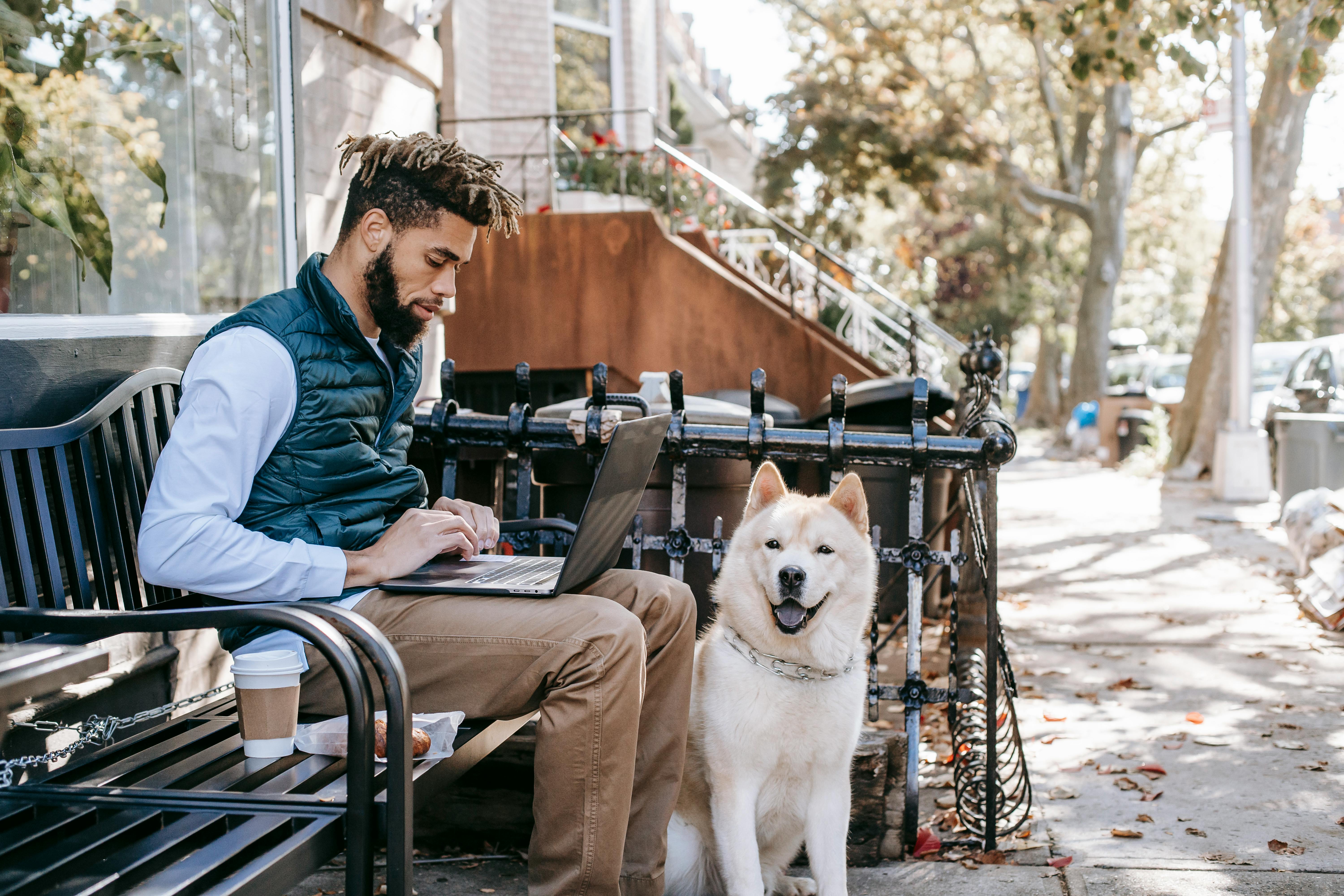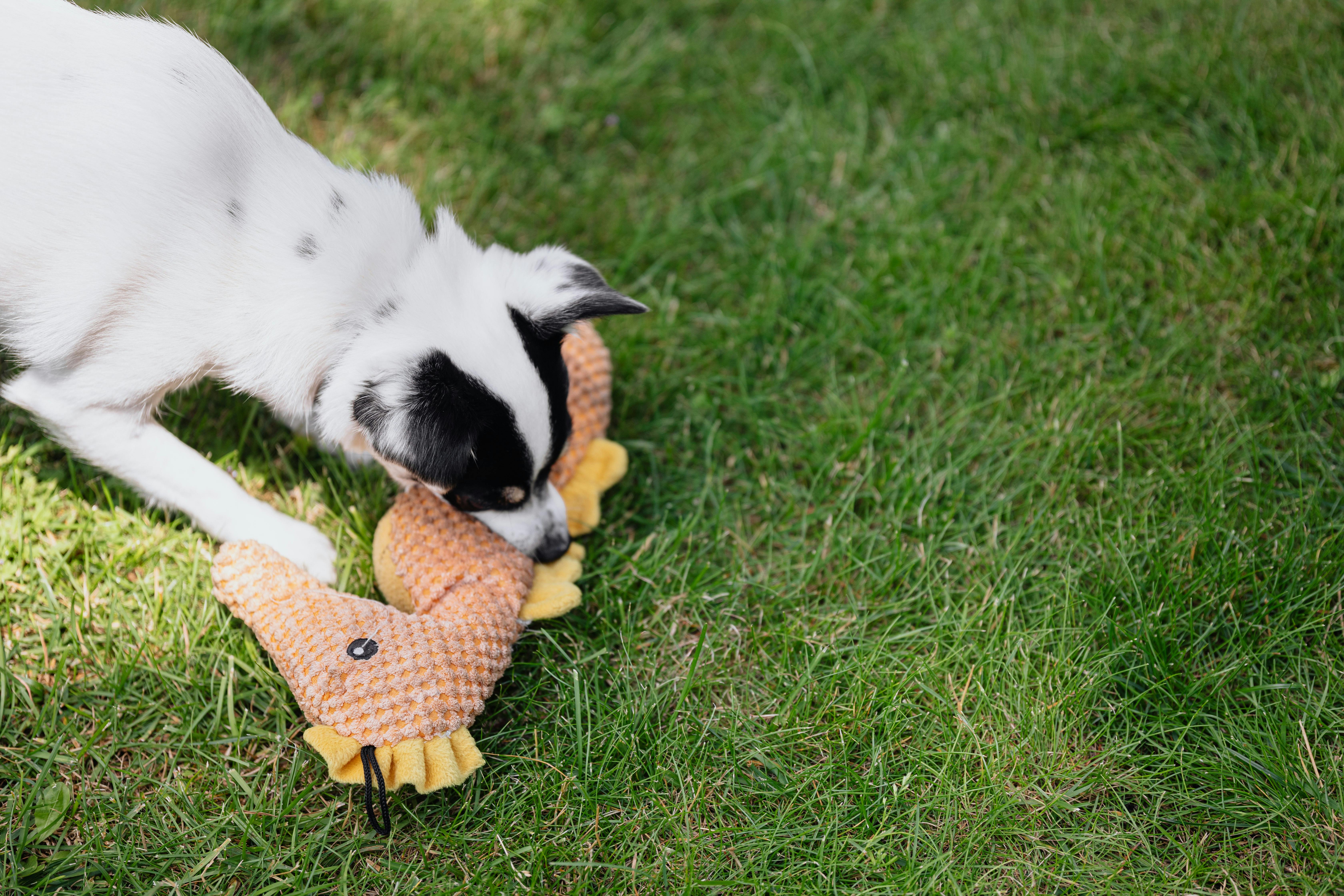Separation anxiety is a condition that affects millions of dogs around the world. It is a condition that causes intense anxiety, fear and nervousness when the dog is separated from their human companions or pack leaders. As a result, many dogs with separation anxiety try to relieve their anxiety by digging, running away, self-mutilating, chewing, barking or whining excessively.
To help your dog overcome dog separation anxiety, you’ll need to retrain him to deal with the anxious feelings he experiences while you’re gone. For some dogs, medication may be needed, but for others, behavior modification is best. In this article, we’ll discuss the basics of behavior modification as a way to counteract your dog’s negative behavior and recondition him so that he doesn’t feel stressed or anxious in your absence.
1. First of all, you need to understand that separation anxiety is a medical condition that only gets worse over time. It is not something you can ignore. Therefore, if your dog is experiencing the symptoms of dog separation anxiety, you should take him to the vet immediately. Your vet will do a complete health exam and offer advice and possibly medication to help.
2. Second, don’t escalate the problem. This means that you must commit to not spoiling your dog. That is, you can’t enable his condition by giving him your full attention when you’re home. This just teaches him that your life revolves around his. For example, if your dog follows you all the time, don’t let him. Encourage him to have his own interests and play alone. Give him brakes when he plays independently.
3. Third, participate in basic obedience training. That is, you must be careful not to respond to all of his demands for attention and only give it to him when you are ready to give it to him. For example, if your dog jumps on you for a hug, gently push him away without looking him in the eye. Then, when he’s ready for the hugs, he should do it on his own time. You can call him and offer him your attention. Another example is if he is constantly barking and whining, ignore him. This will show that you are the “leader of the pack” and that negative behavior will not be tolerated.
4. Fourth, get your dog plenty of exercise every day. Exercising him for about 15 minutes a day (especially before getting ready to leave) will inevitably draw him out and leave him feeling more relaxed and less stressed. After all, a tired dog is usually calm.
5. Fifth, in addition to not spoiling your dog, you must prepare it for outings. In other words, most dogs experience separation anxiety quite intensely as soon as they leave the house, so you should start paying less attention to it about 20 minutes before you leave. This will help you distance yourself from him and prepare him mentally for your game. Another option is to ignore it for 6-8 hours when you’re home. This teaches him to handle loneliness and encourages him to entertain himself.
6. Finally, you can try the following:
on. Just give free access to a smaller part of the house, and then extend that time as you notice a positive behavior change. Another suggestion is to use a crate when you’re not around, which can help him feel less anxious. The only exception to this is if a box makes you feel more anxious. In that case, a baby gate may work better.
B. Give him some special treats when you leave. Most dogs love natural sterilized bones or a special squeaker toy. Another option is to make him a buried treasure chest full of toys.
against Play a recording of yourself speaking, but be sure to play the same tape when you’re home, too.
D. Dog proofing the house. You must cover electrical cables, close bathrooms, doors, cabinets, etc. Also, you can spray items with a terrible-tasting spray like bitter apple to keep him from chewing on it when you’re not around.
In conclusion, canine separation anxiety is a condition that affects many dogs. By participating in a behavior modification program, you can retrain your dog’s negative behavior and teach him to enjoy being alone. Although it may take some time, the key is to not give up on your dog. But be patient and believe that you can and will get better with time!




